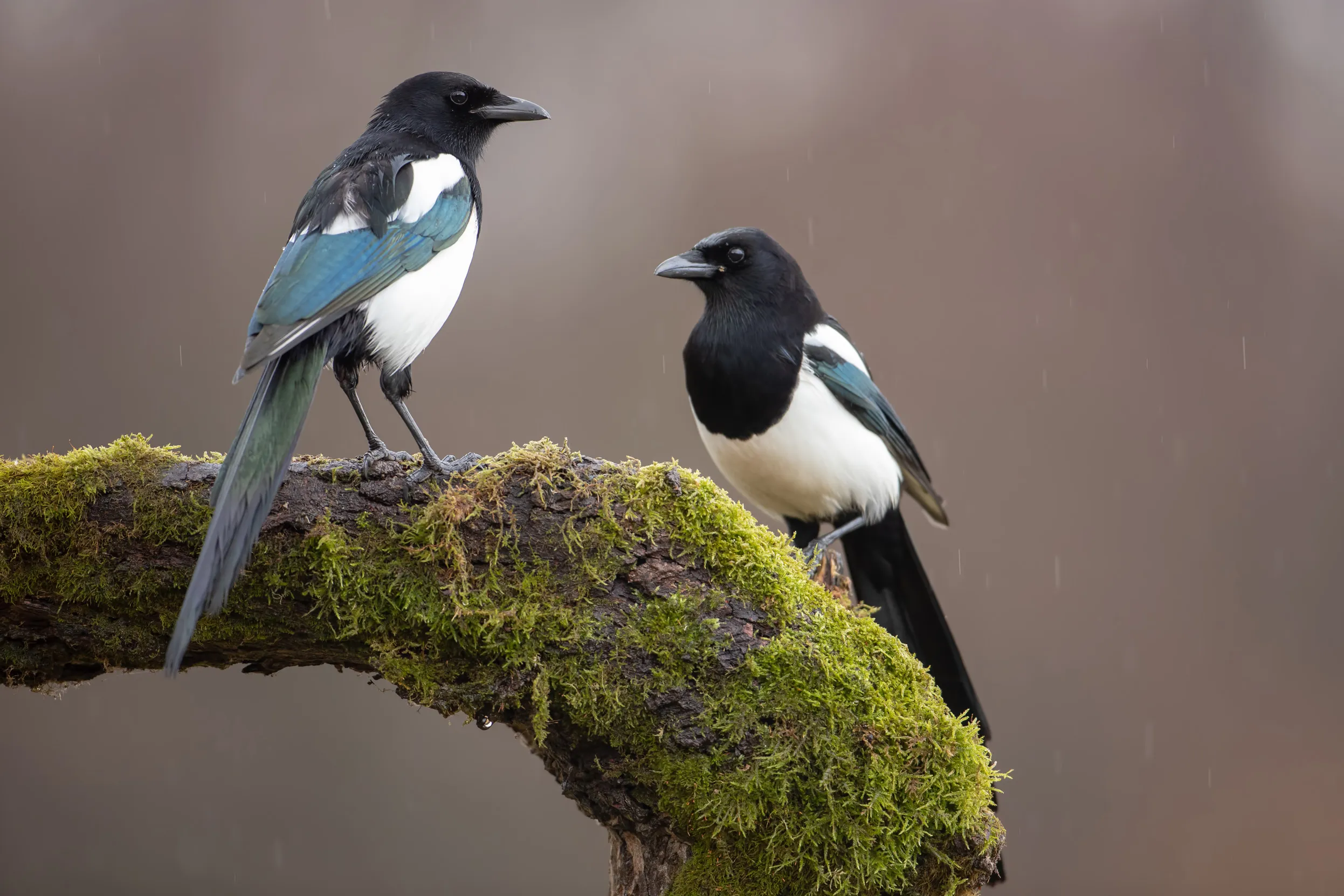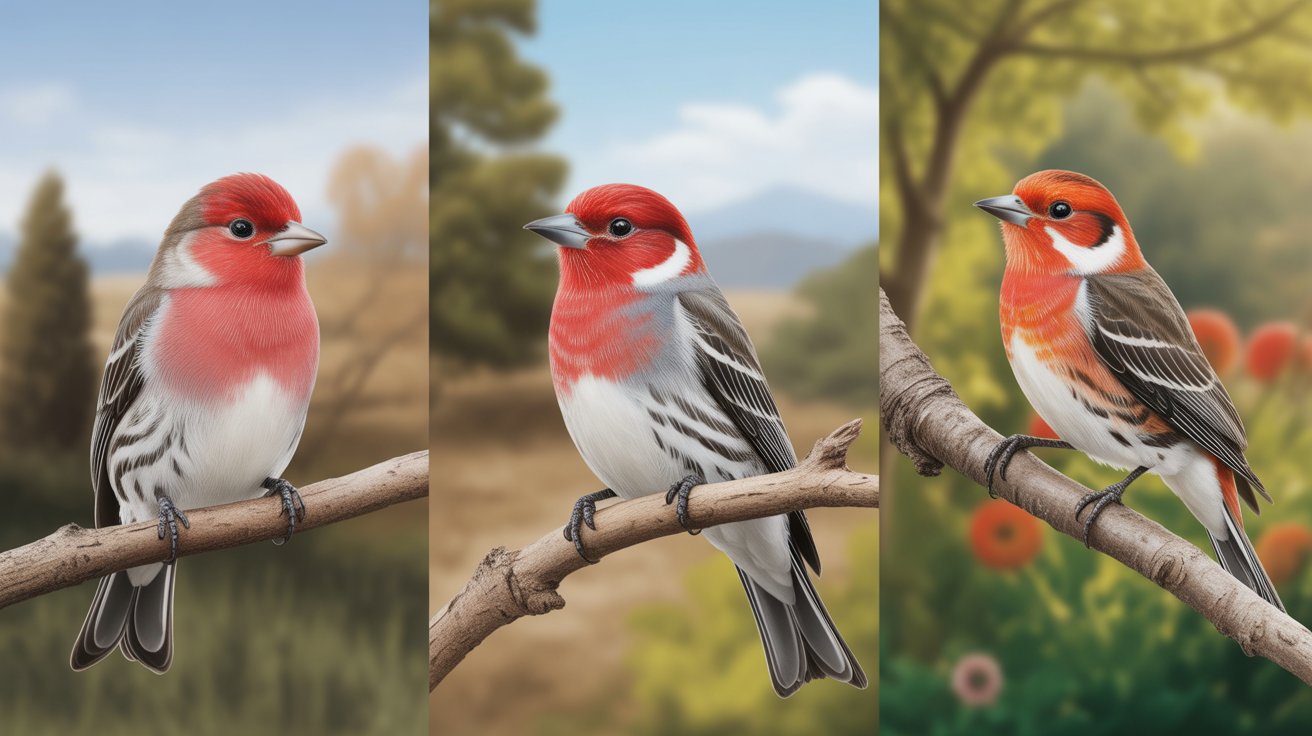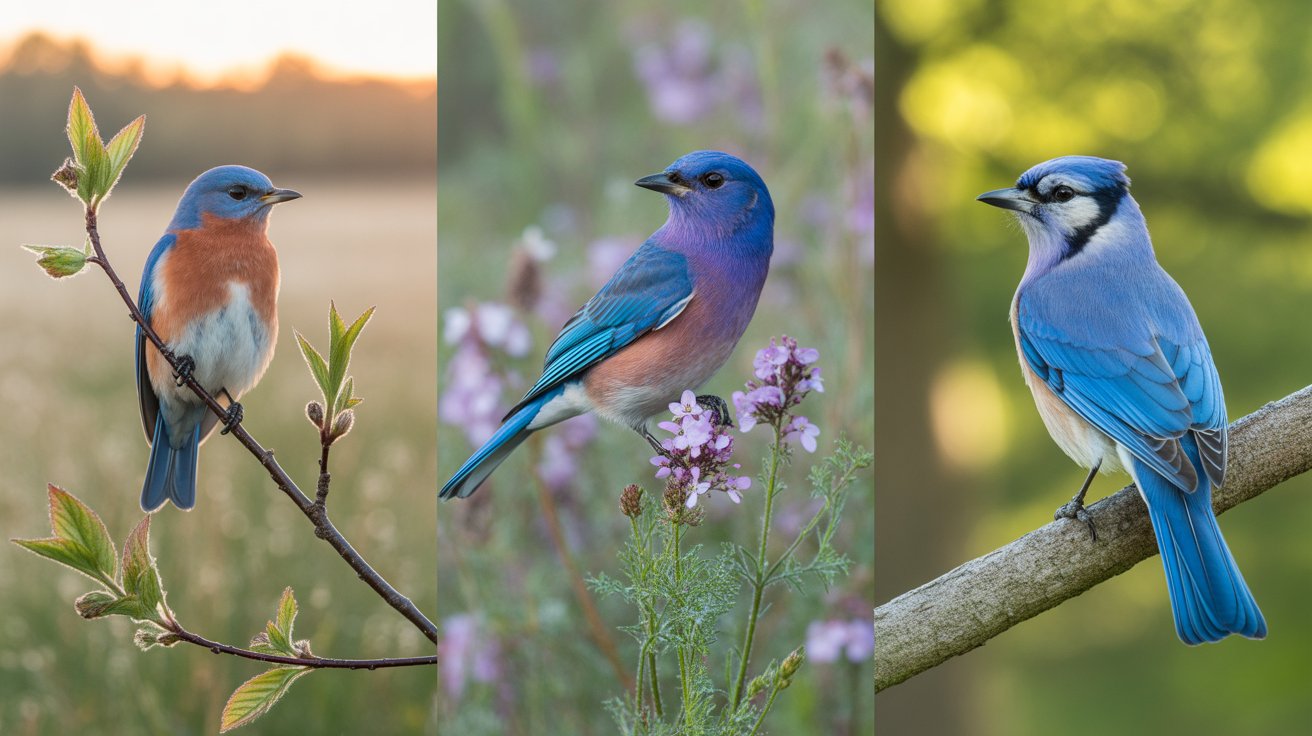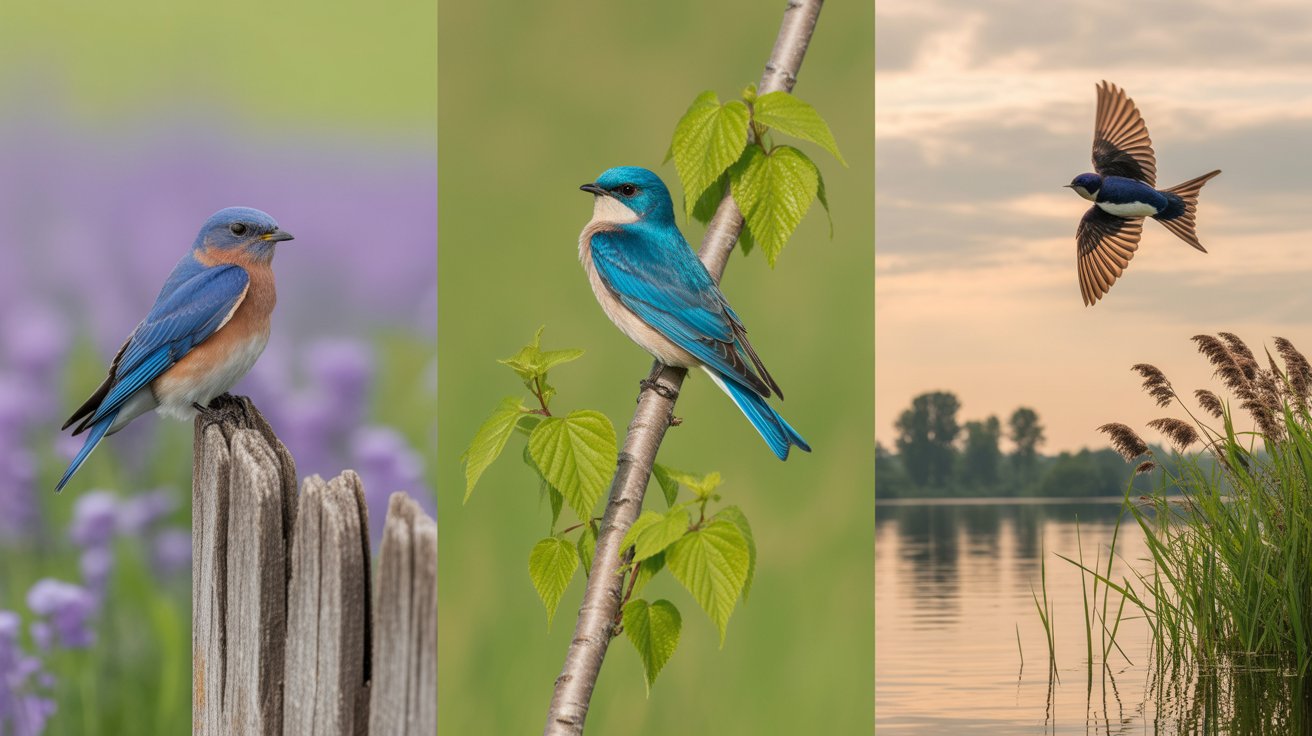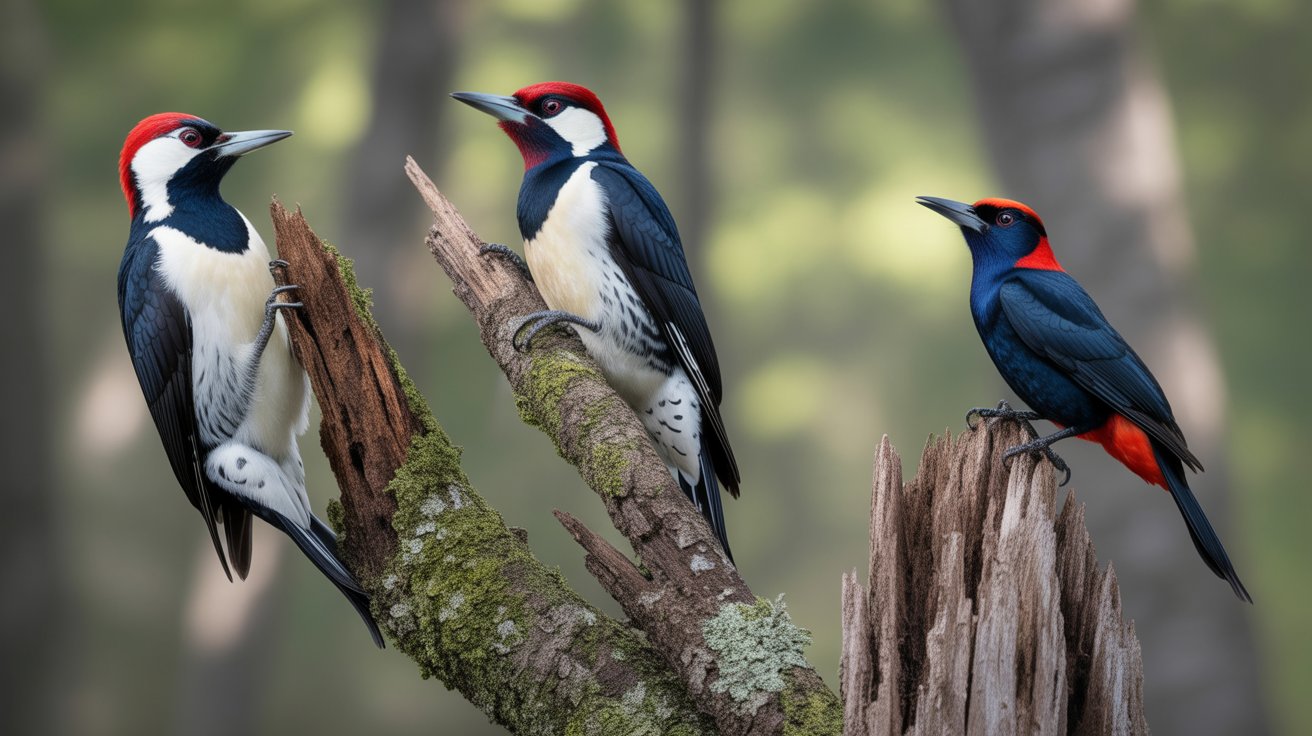If you’ve ever seen a bird with shimmering black and white feathers and a long elegant tail, chances are, you’ve spotted a Magpie. These birds are known not just for their striking looks but also for their cleverness. In fact, magpies are among the smartest birds on Earth. But there’s so much more to these feathered creatures than just their intelligence.
Magpies are incredibly adaptable and can live in a wide range of habitats—from woodlands and grasslands to urban parks and gardens. Their unmistakable chattering calls often give away their presence long before you see them.
You might be surprised to learn that the word “magpie” doesn’t refer to just one bird. It’s a common name for several species across different continents. Yet, they all share some fascinating similarities—from their behavior and diet to their nesting habits and social structure.
In this article, you’ll dive deep into the world of magpies. You’ll get to know how they look, where they live, how they behave, what they eat, and how they raise their young. Plus, you’ll discover some truly intriguing facts that will make you appreciate this bird even more.
So whether you’re a birdwatching enthusiast or just curious about this eye-catching bird, keep reading to explore everything you need to know about the remarkable magpie.
Magpie: The Intelligent and Elegant Bird
Scientific Classification
Let’s start by understanding where the magpie fits in the bird family tree.
- Common Name: Magpie
- Scientific Name: Pica pica (Eurasian Magpie; other species may vary)
- Family: Corvidae
- Order: Passeriformes
- Class: Aves
Magpies belong to the Corvidae family, which also includes crows, ravens, and jays. This family is widely known for its intelligence and problem-solving abilities.
There are several species of magpies, including the Eurasian Magpie, Black-billed Magpie, and Australian Magpie (which, interestingly, is not a true magpie but shares similarities in appearance and behavior).
Physical Description
Magpies are medium to large birds, depending on the species, and are easily recognizable due to their elegant features and distinctive coloration.
- Length: 40–51 cm (16–20 inches)
- Wingspan: 52–60 cm (20–24 inches)
- Weight: 200–250 grams (7–9 ounces)
Most magpies feature iridescent black and white plumage. The wings and tail often shimmer with hues of green, blue, or purple under sunlight. Their long, wedge-shaped tail is one of their standout features.
The eyes are dark brown to black, giving them a sharp, intelligent look. Their beak is strong and slightly curved, well-suited for foraging and cracking open food. Unlike crested birds, magpies do not have a crest, but their posture and glossy feathers give them an undeniably proud and alert appearance.
Habitat and Distribution
Magpies are incredibly adaptable and can thrive in a wide range of environments.
You’ll find Eurasian Magpies throughout Europe, Asia, and parts of North Africa. Black-billed Magpies are native to western North America, while Australian Magpies—though not true magpies—inhabit almost all of Australia and parts of New Guinea.
They prefer open woodlands, grasslands, farmlands, and urban areas. They often build nests in tall trees or large shrubs, especially in places where food is readily available.
Their adaptability to human-altered environments is one of the reasons why you often see magpies in cities and suburban parks.
Behavior
One of the most fascinating aspects of the magpie is its complex and intelligent behavior. These birds are curious, alert, and often very social.
Magpies are known for their problem-solving skills and have even passed the “mirror test,” which indicates a level of self-awareness that’s rare in animals. They have been observed using tools, mimicking sounds, and even playing games.
They’re also highly territorial, often engaging in noisy displays to defend their area. Magpies use a wide variety of vocalizations—chattering, squawking, and trilling—to communicate with each other.
Socially, magpies live either in pairs or small groups, but in the winter months, they may gather in larger flocks for warmth and protection.
Diet
Magpies are omnivores, which means they eat both plant and animal matter. Their diet is incredibly varied and includes:
- Insects
- Small mammals
- Eggs and nestlings of other birds
- Fruits and berries
- Seeds
- Carrion (dead animals)
- Human food scraps in urban areas
Magpies are also known to hoard food, hiding it in the ground or under leaves to eat later. This behavior reflects their excellent memory and ability to plan ahead.
In urban settings, magpies have adapted well to scavenging, often raiding garbage bins or feeding on pet food left outside.
Breeding and Nesting
The magpie’s nesting behavior is as elaborate as its personality.
Breeding usually begins in early spring, with magpies forming monogamous pairs that often mate for life. The male and female both contribute to building the nest, which is often a large, dome-shaped structure made of twigs, mud, and grasses.
The nest is typically placed high in a tree or tall bush and may take several weeks to complete. Interestingly, some magpies build decoy nests nearby to fool predators.
A typical clutch contains 5–8 eggs, which are pale greenish-blue with brown speckles. The female incubates the eggs for about 18–21 days, while the male feeds her and guards the territory.
Once hatched, the chicks remain in the nest for 3–4 weeks before fledging. Both parents are involved in feeding and protecting the young.
Interesting Facts About Magpies
- Highly Intelligent: Magpies are among the few non-mammal species to recognize themselves in mirrors—a sign of advanced cognition.
- Symbolism: In many cultures, magpies are seen as omens. In some folklore, one magpie brings bad luck, while two bring joy.
- Mimicry Skills: Magpies can mimic human speech and other sounds, much like parrots.
- Tool Users: They’ve been observed using sticks and other objects to solve problems or access food.
- Long Memory: Magpies can remember the faces of people who’ve threatened or fed them in the past and respond accordingly.
- Lifelong Pair Bonds: Many magpies stay with the same mate for life and show cooperative parenting.
- Cultural Significance: The magpie is the national bird of Korea and features in Chinese folklore as a symbol of happiness.
Frequently Asked Questions
1. Are magpies dangerous to humans or pets?
Generally, magpies are not dangerous. However, during breeding season, they can become territorial and swoop at humans or animals they see as threats. This is mostly a defense mechanism and not harmful in most cases.
2. Can magpies really talk like parrots?
Yes, magpies have impressive mimicry skills. Some trained magpies can mimic human speech and a range of other sounds, especially in captivity.
3. Why do magpies steal shiny objects?
It’s a common myth that magpies are attracted to shiny things. Research suggests that they are actually cautious around unfamiliar objects, including shiny ones. So, the “stealing shiny objects” behavior is likely exaggerated.
4. Do magpies live in groups?
Yes, magpies can live in family groups or small flocks. In winter, they sometimes gather in larger groups for social interaction and warmth.
5. How long do magpies live?
In the wild, magpies can live for about 5–10 years, although some individuals have been recorded living up to 20 years in favorable conditions.
Conclusion
The magpie is much more than a bird with a flashy tail and noisy chatter. It’s an intelligent, adaptable, and socially complex creature that plays a significant role in ecosystems across the world. From their striking appearance and advanced behaviors to their deep cultural symbolism, magpies continue to fascinate both scientists and casual birdwatchers alike.
If you happen to spot a magpie in your garden or park, take a moment to observe it. You might notice it solving a puzzle, calling to a mate, or skillfully foraging for food. With their charm, cleverness, and bold personalities, magpies are birds worth celebrating and protecting.

